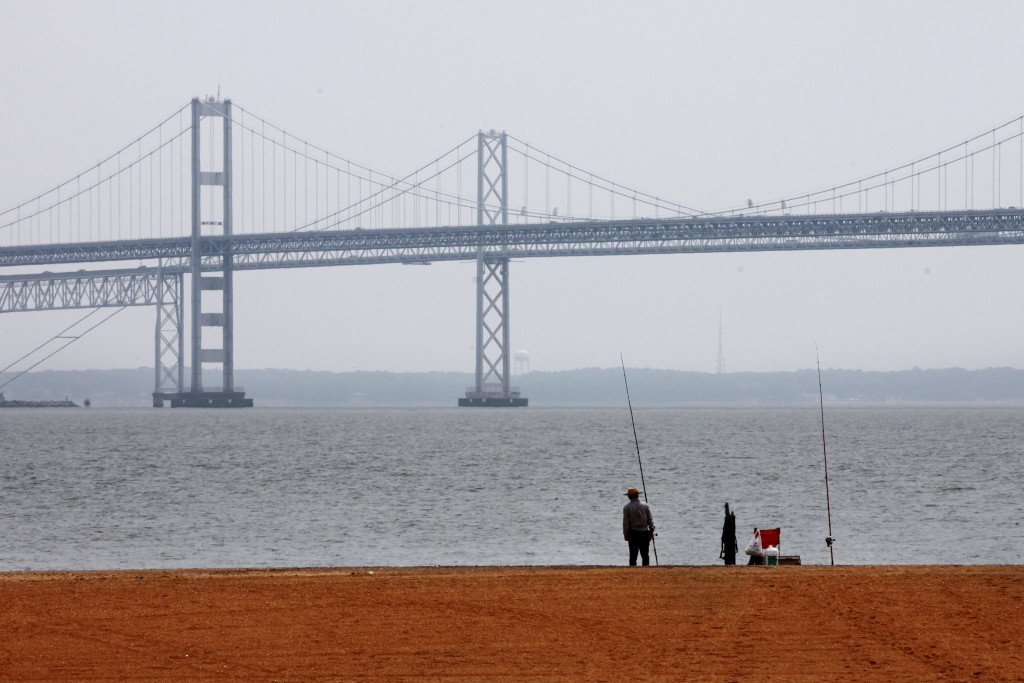
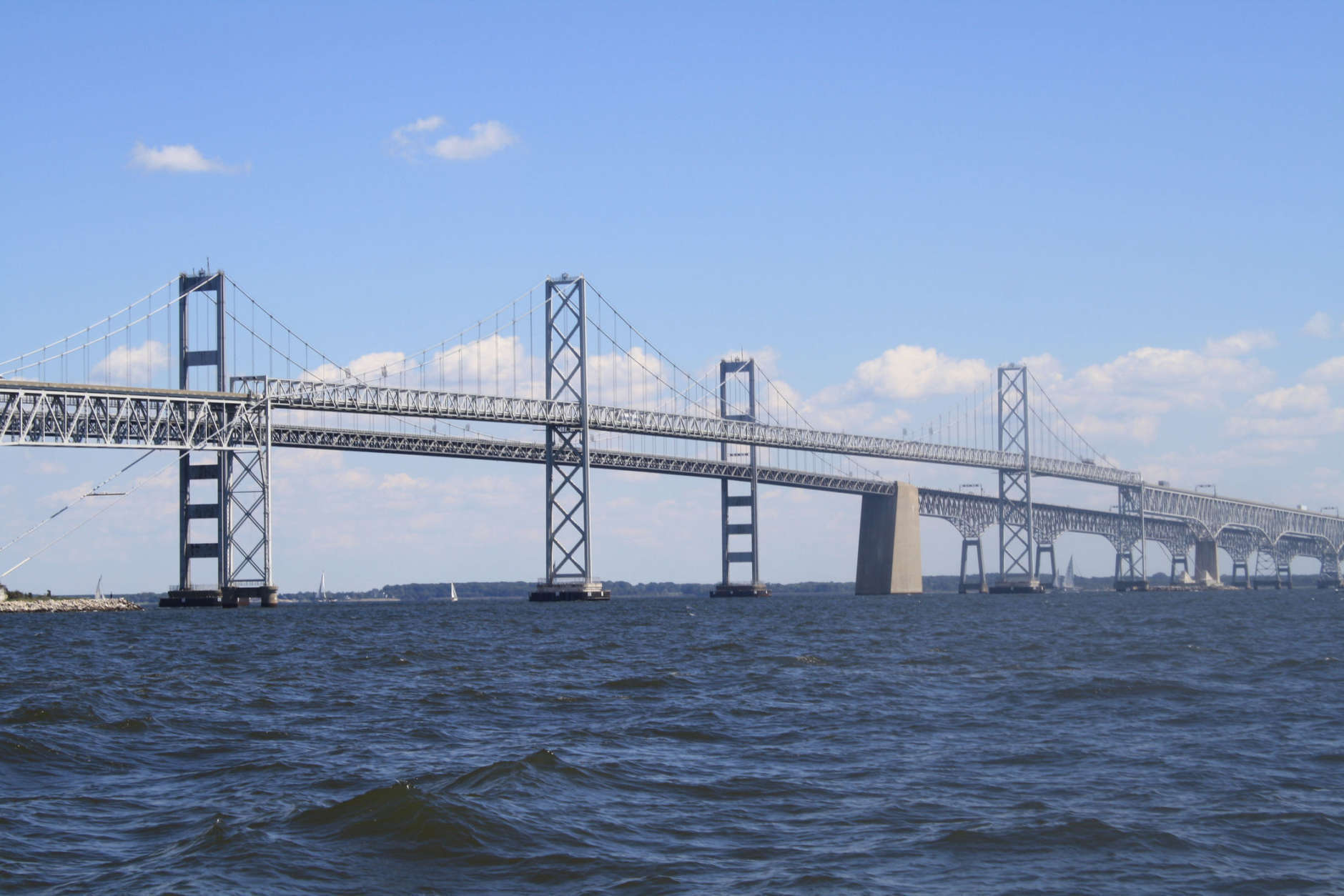
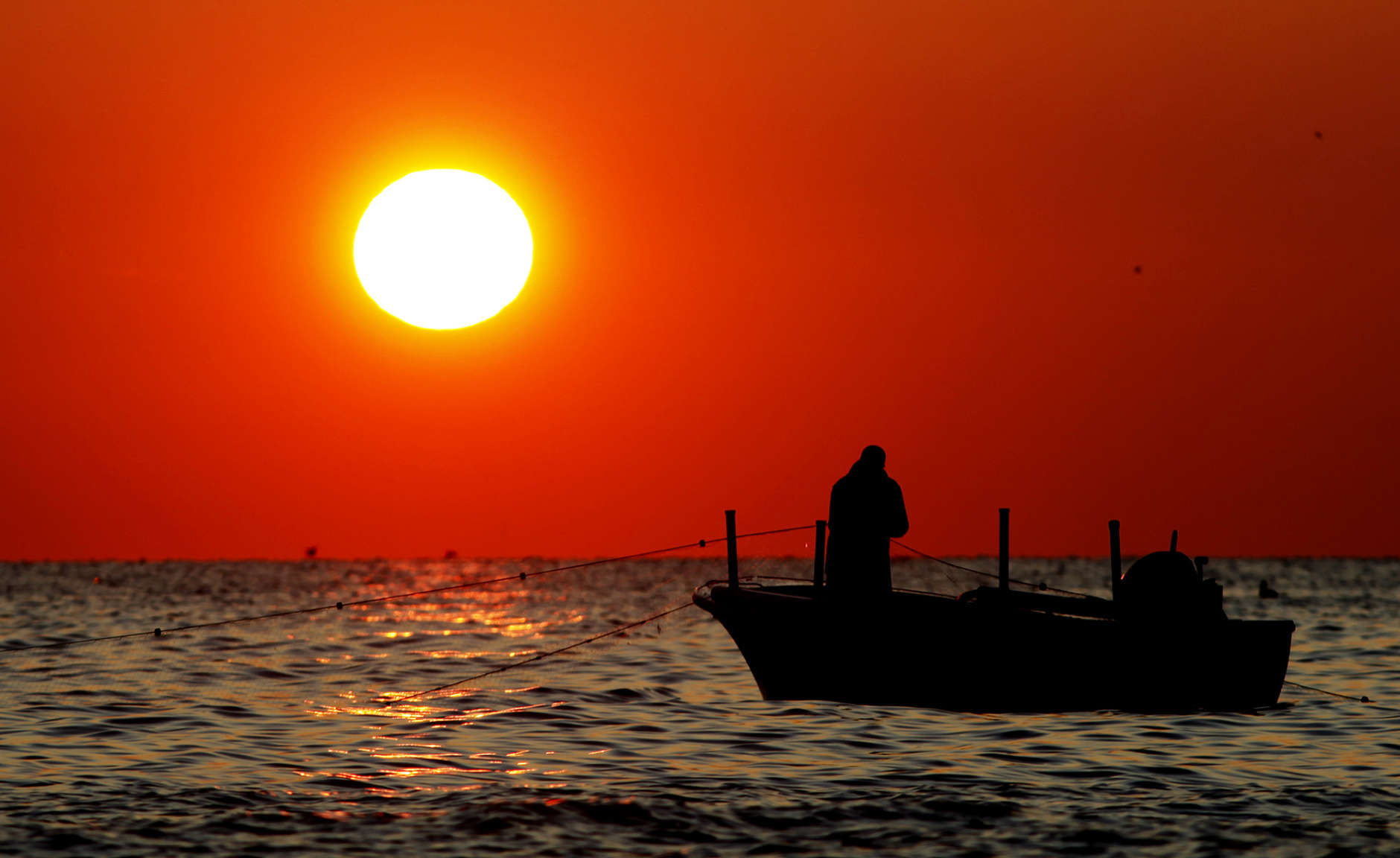
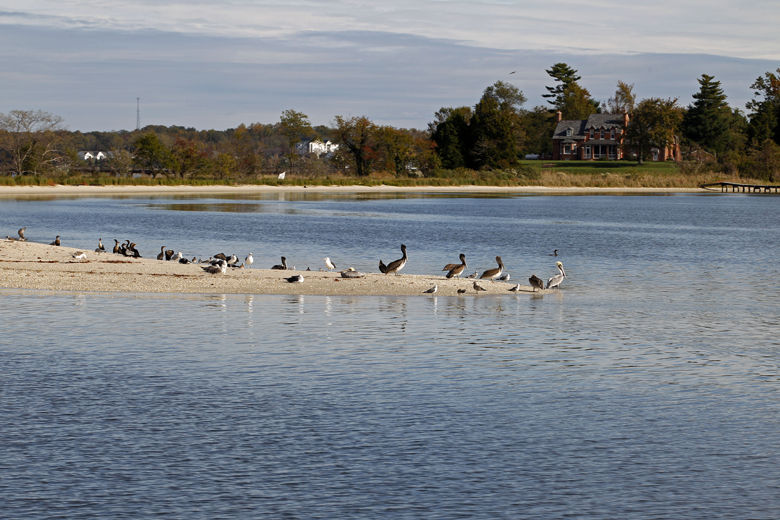
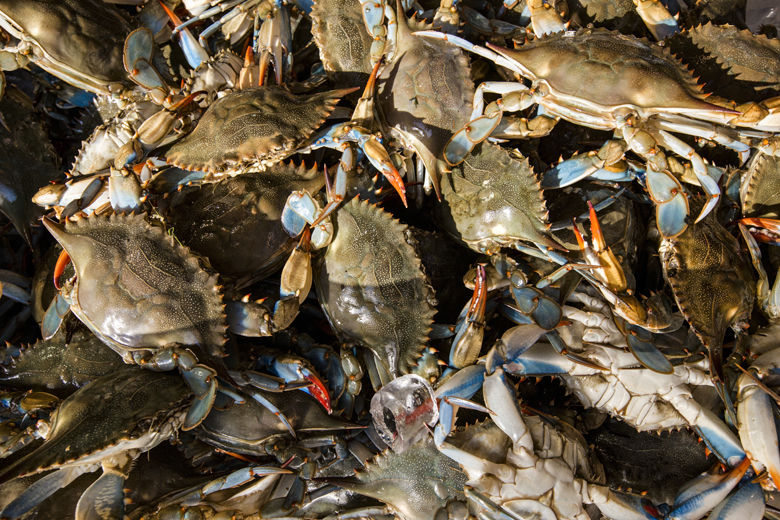
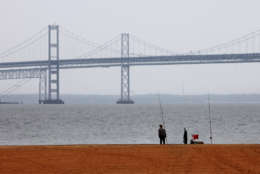
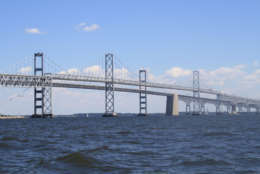

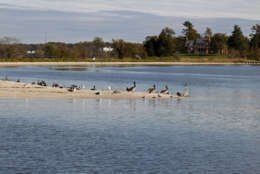
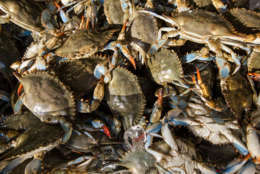
WASHINGTON — If the Senate does not restore a deep, House-passed cut in federal funding to the Environmental Protection Agency’s Chesapeake Bay Program, the ripple effect on Maryland conservation efforts could be far larger than what the state would lose in actual dollars, according to program supporters.
For the fourth consecutive year, House appropriators in September slashed funding for the EPA’s Chesapeake program by 20 percent, to $60 million.
In past years, the Senate restored the cut, maintaining annual funding for the program at $73 million, more than $12 million of which went to Maryland in 2016, according to an analysis done by the Choose Clean Water Coalition.
But with the retirement of Maryland Sen. Barbara Mikulski, who was the top Democrat on the Senate Appropriations Committee, past is no longer precedent.
And if the House cut holds this year in the Senate, it will likely be felt at the local level, including to grants that help fund conservation-related projects in agriculture, stormwater treatment, oyster restoration, as well as a slew of research and monitoring programs.
“Of course we’re gonna try for the $73 million (on the Senate side). You don’t get it if you don’t ask,” said Rep. Dutch Ruppersberger, D-Timonium. “Most important is to maintain the $60 million figure, but it’s not always easy.”
Both Ruppersberger and Rep. Andy Harris, R-Cockeysville, sit on the House Appropriations Committee and were instrumental in ensuring $60 million was put toward the EPA’s Chesapeake Bay Program after President Donald Trump’s budget in March proposed cutting the program entirely.
In Maryland’s favor on the Senate side is Sen. Chris Van Hollen, D-Maryland, who sits on the appropriations panel where Mikulski sat, but he is in the minority and also the committee’s lowest ranking member.
“The significant cuts to Chesapeake Bay funding in the House Republican bill would seriously damage our efforts to clean up the bay — and threaten the jobs that depend on a healthy ecosystem,” Van Hollen told the Capital News Service.
Van Hollen recently introduced legislation to increase funding by $200 million for a program that supports agriculture-related conservation efforts to protect the bay. Rep. John Sarbanes, D-Towson, was a co-sponsor of the companion bill in the House.
Local government and private organizations that depend on federal dollars for conservation efforts likely would take an outsized hit in any cut, as virtually all EPA funding must be matched dollar-for-dollar by state funds.
And the multiplying effect doesn’t end there.
“In many ways the federal government’s involvement serves as a catalyst,” said Ann Swanson, executive director of the Chesapeake Bay Commission, a bipartisan legislative body created by Maryland, Virginia and Pennsylvania in 1980 to advise their respective state legislatures on bay-related concerns.
“Many more dollars come in from the state and private sector than the federal government, but the federal dollars are the magnet,” added Swanson, who noted that the ratio of state and private dollars to federal ones for bay conservation is about four to one.
To assess what a cut to EPA funding for the bay would mean, Maryland Gov. Larry Hogan’s Council on the Chesapeake Bay, commonly known as the Chesapeake Bay Cabinet, did an impact study shortly after Trump’s budget proposal was announced in March.
“Without adequate funding, the State (of Maryland) cannot make sufficient progress on its Chesapeake Bay restoration responsibilities or evaluate progress of other states towards meeting their Chesapeake Bay TMDL responsibilities,” the report said.
The TMDL, or Total Maximum Daily Load, is the so-called “pollution diet” agreed to by all seven states that signed onto the EPA’s Chesapeake Bay Program in 2008.
The impact report said the state doled out about $2.7 million a year in EPA funds to local governments for bay restoration work, which includes improvements to coastal habitats, technological innovation and water-quality monitoring and reporting.
Maryland’s Agriculture Department received an additional $1.7 million through two different grant programs attached to EPA funding. These largely go to assisting farmers with implementing various practices that help limit the amount of nutrient and manure runoff into the bay. That money also supports nearly 21 nutrient management specialist positions at the University of Maryland’s Farming Cooperative Extension network.
Cuts to federal funding would also adversely affect some bay-related research done by UMD’s Center for Environmental Science, which has grant-funded employees working at the EPA’s Chesapeake Bay Program office on modeling, monitoring and data evaluation projects.
“Those (UMD) employees do a lot of work on the analysis and modeling, as well as communicating to the other states in the partnership what that (data) means,” said Dave Nemazie, chief of staff for the Maryland center. He explained that one of the EPA’s most important roles in Chesapeake restoration efforts is coordination. “They help build trust between the states in this partnership,” he added.
When considering the true impact of funding cuts in Maryland, what happens in other states in the program must be considered, bay advocates said.
“You’ve got to recognize that a lot of money that gets spent in Pennsylvania and New York benefits Maryland directly,” said Peter Marx, who worked at the EPA on Chesapeake Bay issues for 23 years and now manages federal affairs for the Choose Clean Water Coalition. “Fifty percent of the nitrogen that flows into the bay comes from outside of Maryland.”
If federal funds were eliminated or reduced, it would be up to the seven states that signed on to the Chesapeake Bay Program — Delaware, Maryland, Virginia, New York, Pennsylvania, West Virginia and the District of Columbia — to ante up to keep programs going.
In Maryland, which operates under an executive budget, the governor is the only person with the authority to spend more money when the legislature is not in session.
To date, Republican Gov. Larry Hogan has not discussed the possibility of covering federal cuts to the Chesapeake Bay Program, according to Maryland Del. Kumar Barve, D-Montgomery County, who chairs the House Environment and Transportation Committee.
When asked if the governor was prepared to make up a shortfall in EPA funding, Hogan’s office responded in part with the following: “The governor has repeatedly made it clear he will always fight for the Chesapeake Bay and that he opposes potential cuts at the federal level.”
Barve said he thinks Hogan and others are banking on Maryland’s congressional delegation to restore funding, adding that it might be strategic to play the waiting game.
“If we’re too quick to put up the money, then the federal government will definitely do nothing and it’s not acceptable for the federal government to do nothing,” Barve said.
If Maryland does have make up for lost federal funds, Barve said, it would come at the expense of other state initiatives, like education, health care, economic development, “…all the things that we care about, we’re going to have to short change in order to make up for this very short-sighted decision by the Trump administration.”
Local climate groups including the Chesapeake Bay Foundation and the Choose Clean Water Foundation believe that full funding will be restored to the EPA’s bay program.
“I have a lot of confidence we’ll get the $73 million in the Senate,” Marx said. “This is how it played out the last four years. This is likely how it will play out again.”
And if it doesn’t?
“We’ve been working closely with other states and with the University of Maryland’s financing center to make sure we have funding streams, strategies to pick up the ball if federal funding is not restored,” said Maryland Secretary of the Environment Ben Grumbles. But he declined to offer more details on how that would work.







